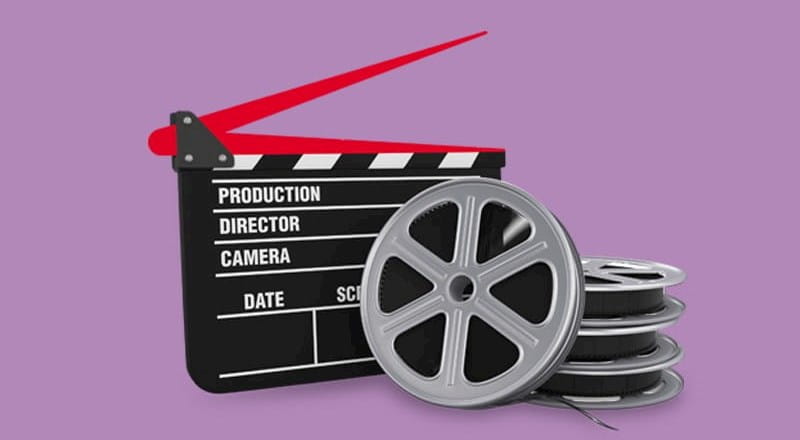“We’ve always found it hard to get staff interested in going on AML training courses,” he says. “So when we heard about the film, we decided to see if we could get people more on board in this area and more engaged with the issues.”
Beeston used the film to deliver two training sessions, which covered all members of the firm. “I didn’t lead them too much; we just put the film on and let people watch,” he explains.
During the sessions, attendees then split into smaller sub-groups with different issues to discuss, and then each of these fed back to the other groups. The groups also used ICAEW’s learning support materials, which include a list of questions to prompt discussion about scenes from the film.
“We photocopied the supporting questions and removed the answers that were underneath, so no one could see these,” explains Beeston. This was to stimulate conversations without knowing the answers. “People therefore got to have a go at coming up with the answers first before they knew what they should be.”
Open-ended
One of the aspects Beeston liked most about the film was that it didn’t try to answer all of the questions. “There was plenty for people to discuss afterwards,” he says. “They were asking: “I wonder did that person do something wrong? Or did they not do something wrong?”
“That was very clever,” he adds. “It could have been portrayed in quite a linear manner where it was obvious that someone had ignored all the rules.”
“We had lots of questions and discussions afterwards about the person in the film who headed up the payroll,” he adds. “Had she actually done anything wrong, and if she had, how bad was it? Because you only saw snippets of scenes.”
This open-endedness was part of the reason Beeston chose not to share the short follow up video that explains what happens to the characters afterwards. “I thought the discussion we, as a team, had ourselves was of more value than actually finding out what happened next,” he says.
Don’t miss it
“Obviously we've already got robust procedures for new clients, but they can always be improved, and we are now making changes based on these suggestions,” he explains. “And it came from them, rather than from me. That’s when you know it’s worked. Rather than my deputy and I imposing what we know needs to be done, it made our team members think enough about the risks to the firm and the wider risks to start thinking how we could do things better.”
“I think one of the reasons it has been so beneficial is that it was so different and so fresh,” he adds. “It got my team talking, and we probably talked about it for as long as we were actually doing the training exercises. We had two and a half hours talking to a staff team about money laundering, which is a big win from my point of view.”
“As a firm we’d highly recommend it,” he says. “And that’s not just my opinion. The group who did the first film session were already telling the second group: ‘It’s actually really good, so make sure you don’t miss it.’”


